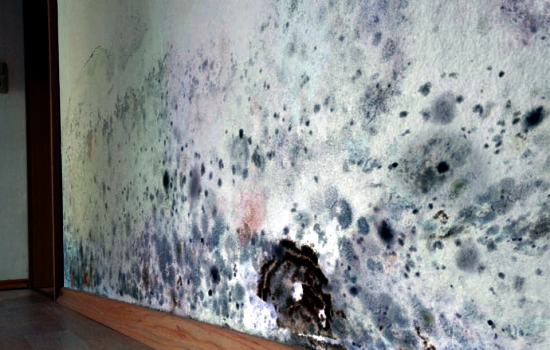Your Ultimate Overview to Post Mold Remediation Strategies
Navigating the realm of post-mold removal methods is a thorough procedure that requires focus to detail and a comprehensive understanding of the intricacies involved. In the aftermath of mold infestation, recognizing just how to successfully eradicate the mold and mildew and avoid its reoccurrence is paramount for keeping a healthy and balanced interior environment. From choosing the best cleaning and decontaminating techniques to implementing strategies for lasting mold and mildew avoidance, each action in the remediation journey plays a crucial function in making certain a successful result. As we begin on this exploration of post-mold removal methods, we will certainly discover the vital techniques and best practices that can help you recover your area to its pre-mold problem and protect it versus future mold and mildew hazards.
Understanding Post-Mold Remediation Process
After finishing the mold removal procedure, it is critical to recognize the post-mold remediation techniques that are essential to make certain a thorough and reliable cleaning. Once the mold has been eliminated, the next action entails cleansing and sanitizing the influenced areas to stop any kind of regrowth of mold. This includes using specialized cleaning agents to clean down surface areas and kill any remaining mold spores. It is vital to dry the location entirely to inhibit the development of mold in the future (Post Remediation verification). Proper ventilation and dehumidification can assist in this process.
Furthermore, conducting a last assessment post-remediation is crucial to guarantee that all mold has actually been effectively eradicated. If the examination discloses any sticking around mold and mildew, extra remediation may be needed.
Effective Cleaning and Sanitizing Methods

Preventing Future Mold Development

Importance of Correct Air Flow
Correct air flow plays a critical function in avoiding wetness buildup, a key variable in mold development within indoor environments. Effective air flow systems help remove excess moisture from the air, reducing the opportunities of mold and mildew spores locating the wetness they require to germinate and spread. Without adequate ventilation, interior areas can become a breeding place for mold and mildew, causing prospective wellness dangers and structural damages.
By guaranteeing proper air blood circulation, air flow systems can additionally aid page in drying wet locations quicker after water damage or flooding events, additionally discouraging mold development. Post remediation mold testing near me. In areas like shower rooms, attic rooms, basements, and cooking areas where moisture degrees tend to be greater, installing and maintaining reliable ventilation systems is critical in stopping mold and mildew problems

Surveillance and Upkeep Tips
Given the crucial function that proper air flow plays in stopping mold development, it is imperative to develop reliable monitoring and maintenance tips to make sure the ongoing performance of air flow systems. Normal inspections of ventilation systems should be carried out to check for any indicators of obstructions, leakages, or malfunctions that can hamper appropriate air flow. Surveillance humidity degrees within the building is likewise crucial, as high humidity can add to mold growth. Setting up a hygrometer can help track moisture degrees and alert home owners to any kind of spikes that may require attention. Furthermore, ensuring that air filters are on a regular basis cleansed or replaced is vital for keeping the performance of the air flow system. Carrying out a schedule for routine maintenance tasks, such as duct cleansing and heating and cooling system evaluations, can help avoid concerns prior to they intensify. By staying proactive and mindful to the condition of ventilation systems, homeowner can successfully alleviate the danger of mold regrowth and maintain a healthy interior environment.
Verdict
To conclude, post-mold removal methods are important for guaranteeing a secure and tidy atmosphere. Understanding the process, implementing reliable cleaning and decontaminating methods, stopping future mold development, maintaining correct ventilation, and regular monitoring are all essential action in the remediation procedure. By complying with these standards, you can efficiently get rid of mold and mildew and prevent its return, promoting a healthy living or working space for sites all owners.
In the consequences of mold and mildew invasion, knowing how to effectively remove the mold and mildew and stop its reoccurrence is critical for keeping a healthy indoor environment. Once the mold has been eliminated, the next step involves cleansing and decontaminating the affected areas to protect against any type of regrowth of mold and mildew - Post Remediation Inspection near me. After removing visible mold and mildew development, it is essential to clean up all surface areas in the affected location to remove any type of continuing to be mold and mildew spores. To even more enhance mold and mildew avoidance procedures, it is vital to resolve underlying issues that initially led to mold and mildew development.Offered the crucial role that appropriate air flow plays in stopping mold and mildew development, it is vital to develop reliable surveillance and upkeep pointers to ensure the continued performance of ventilation systems